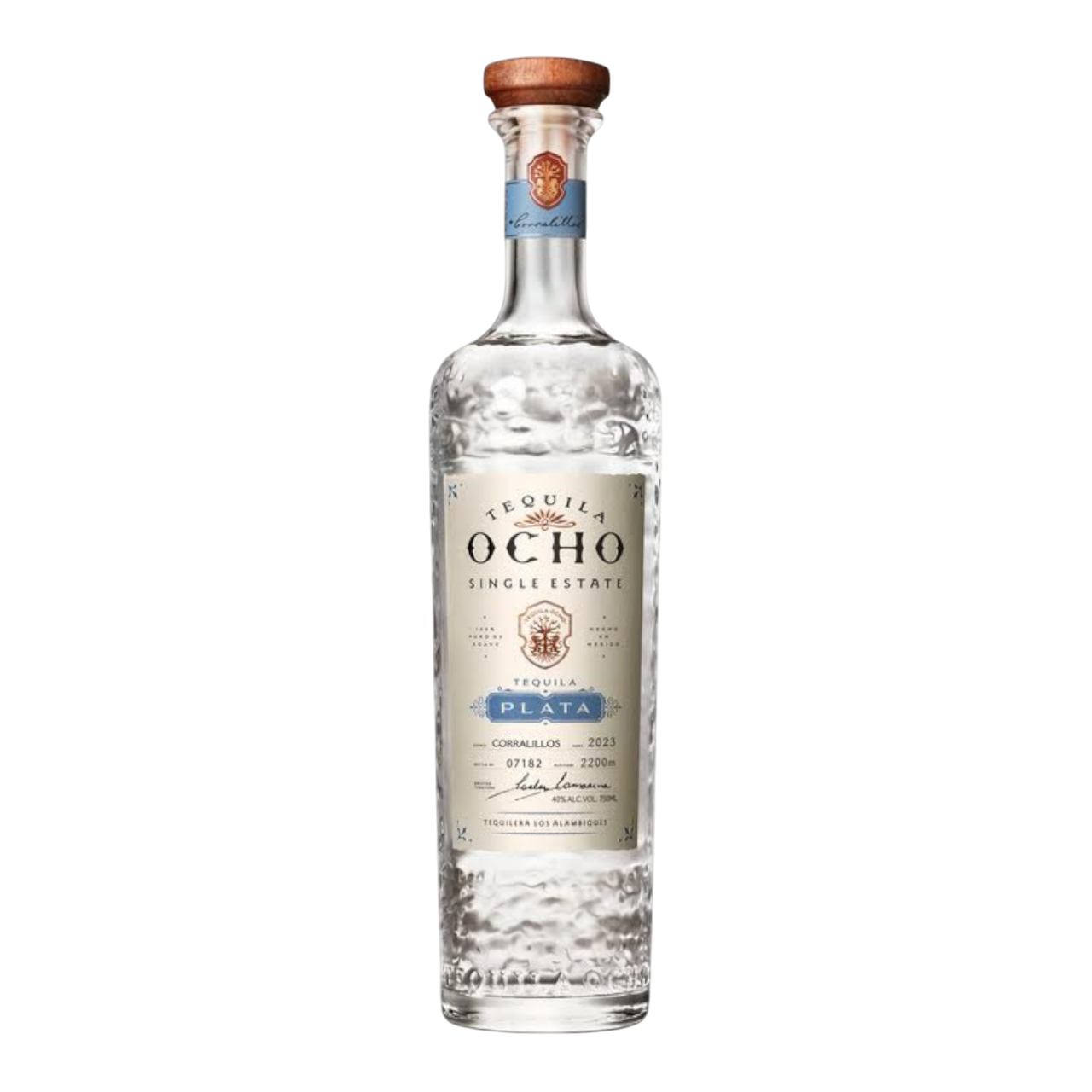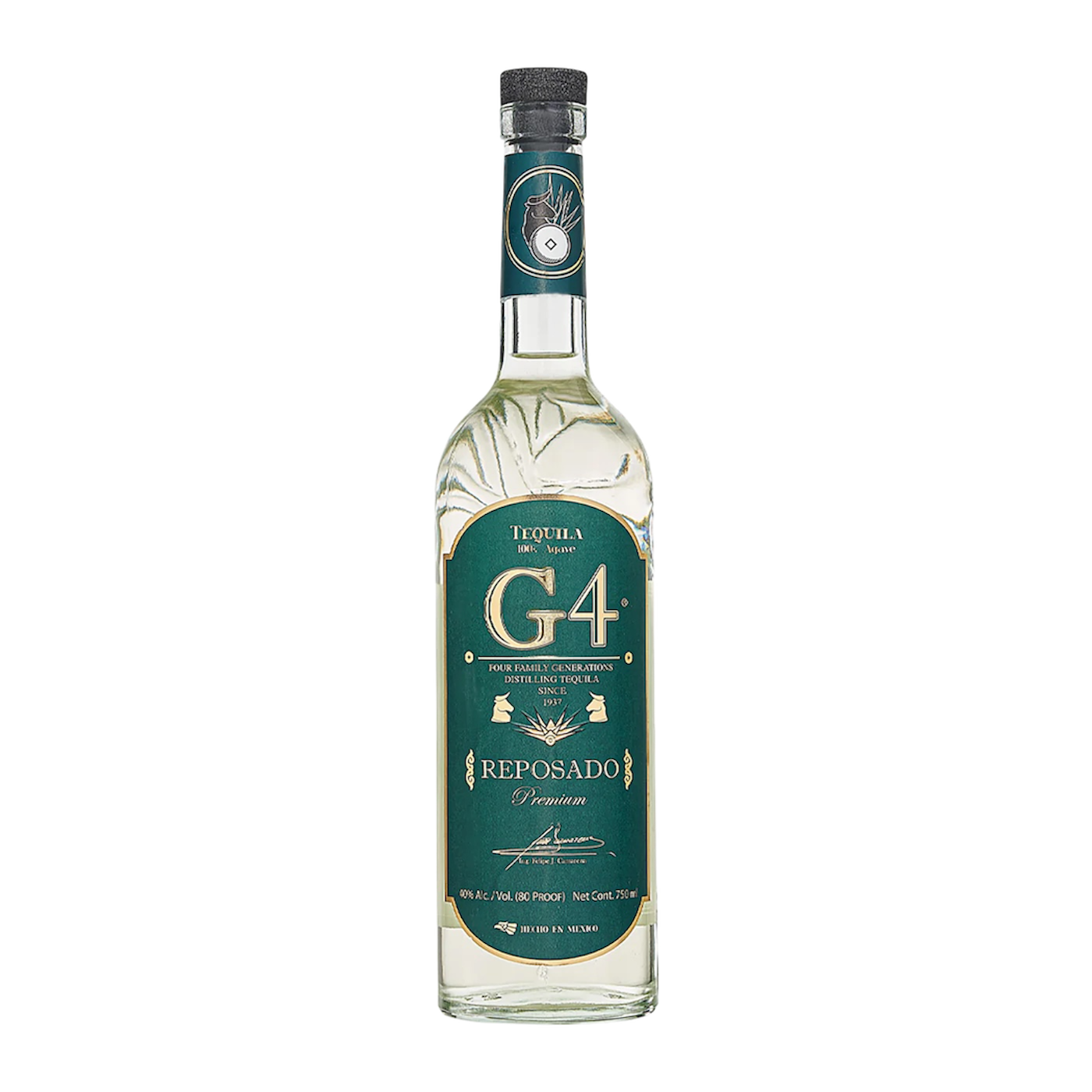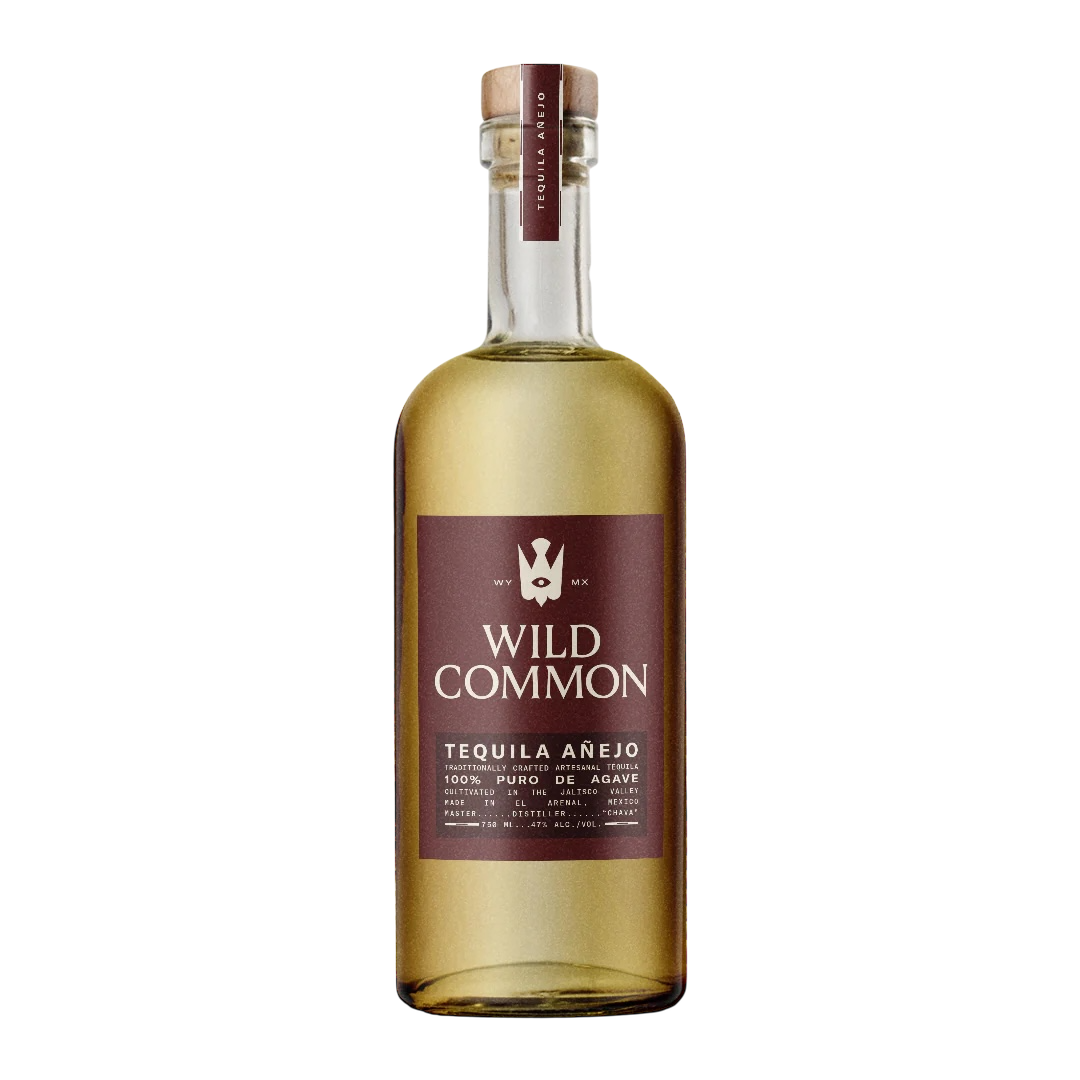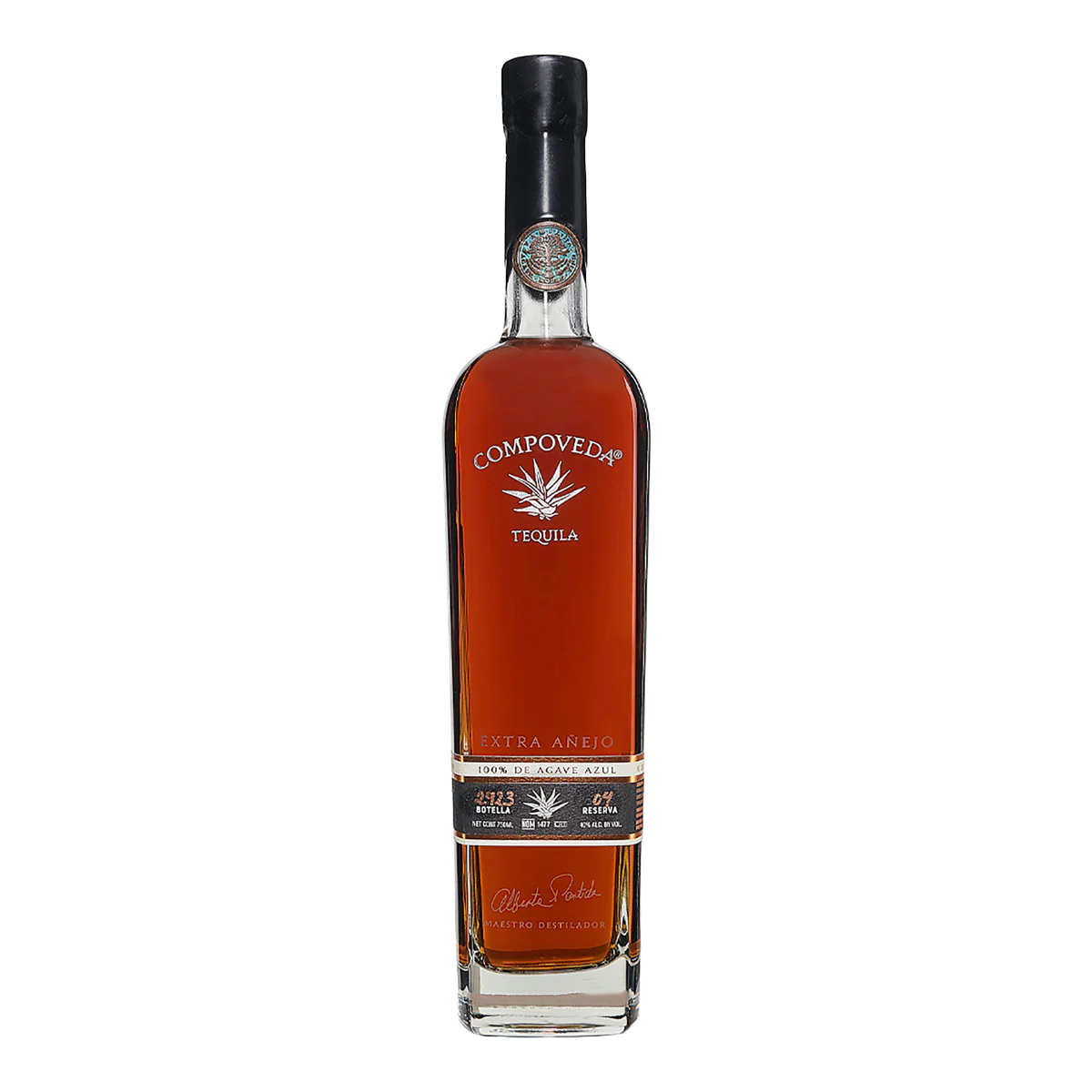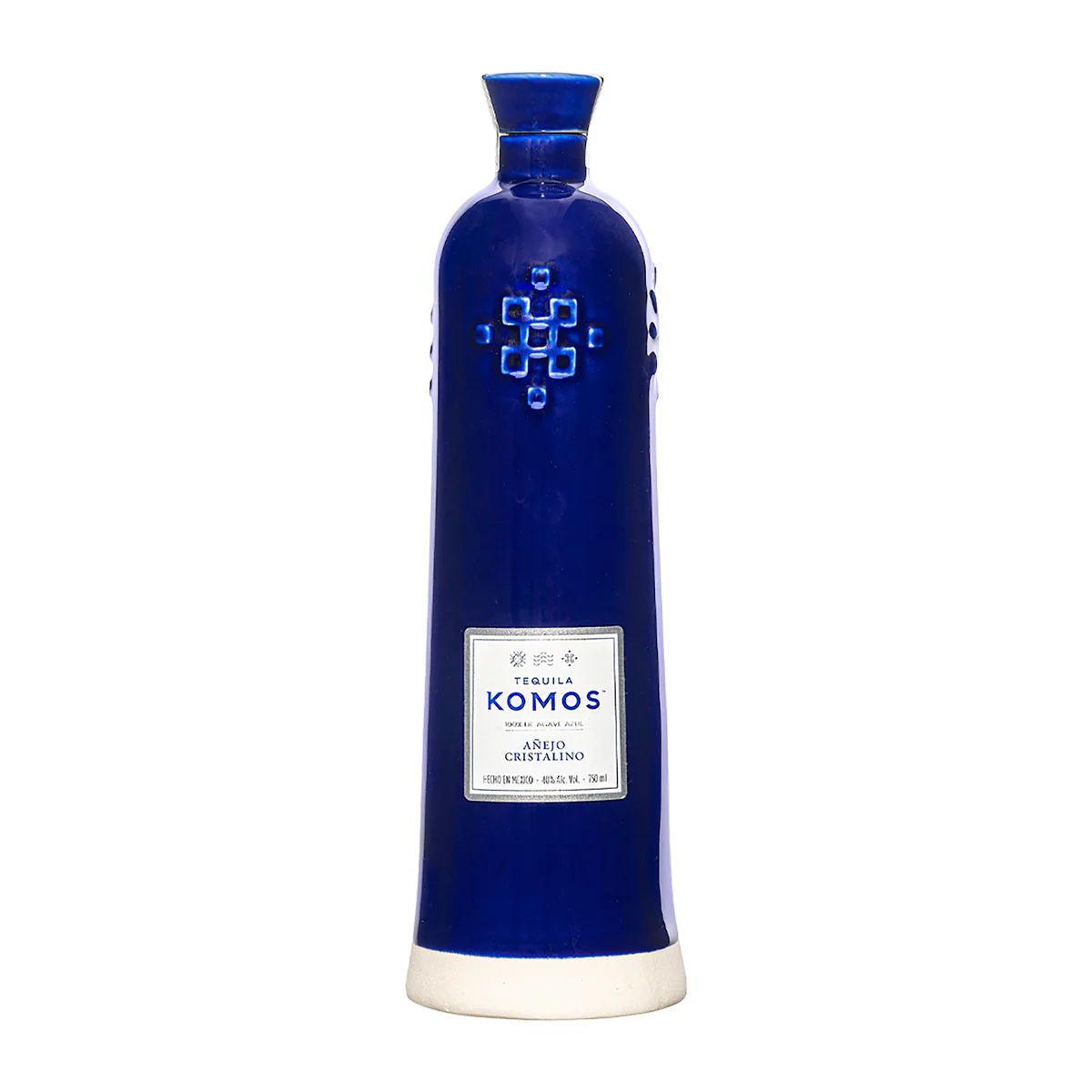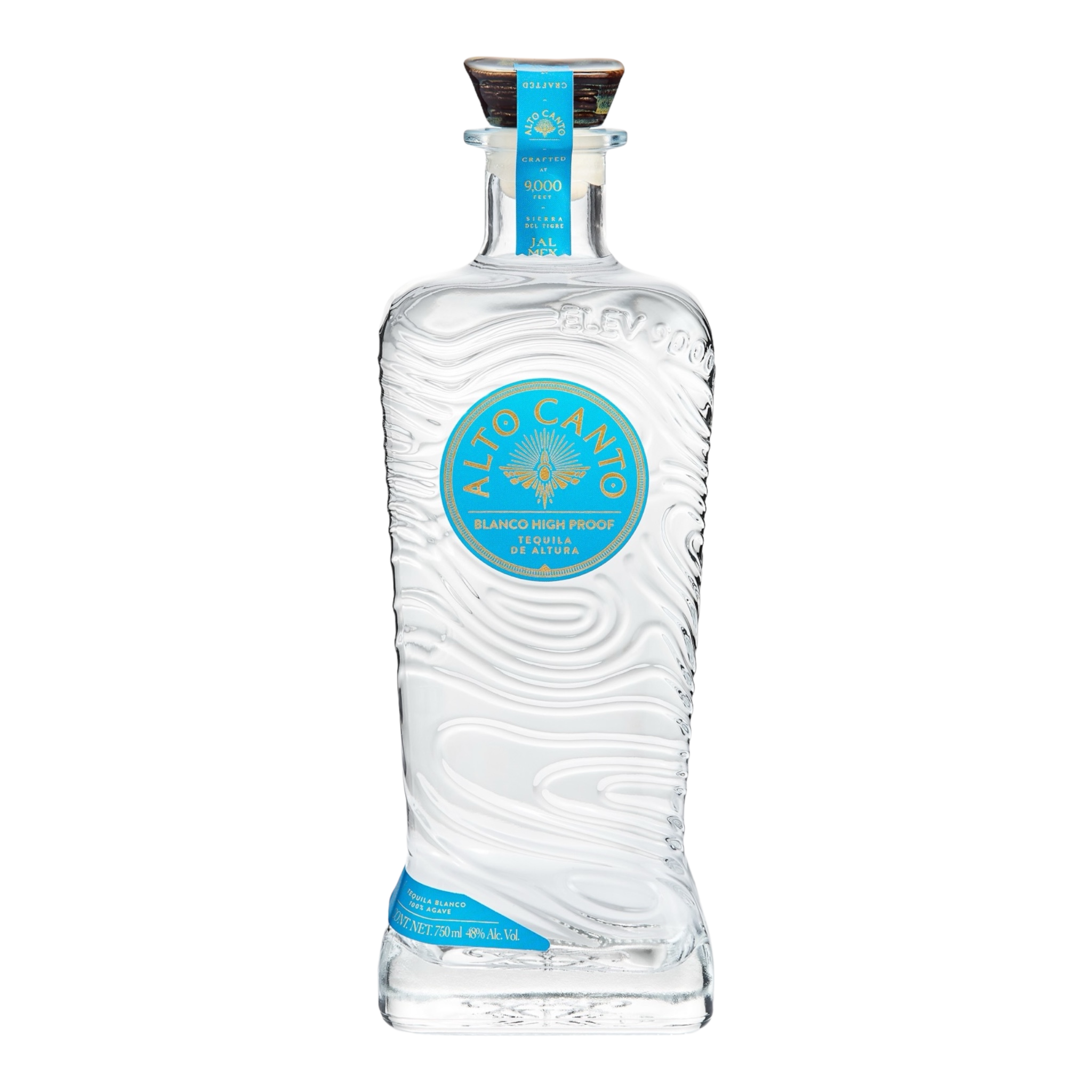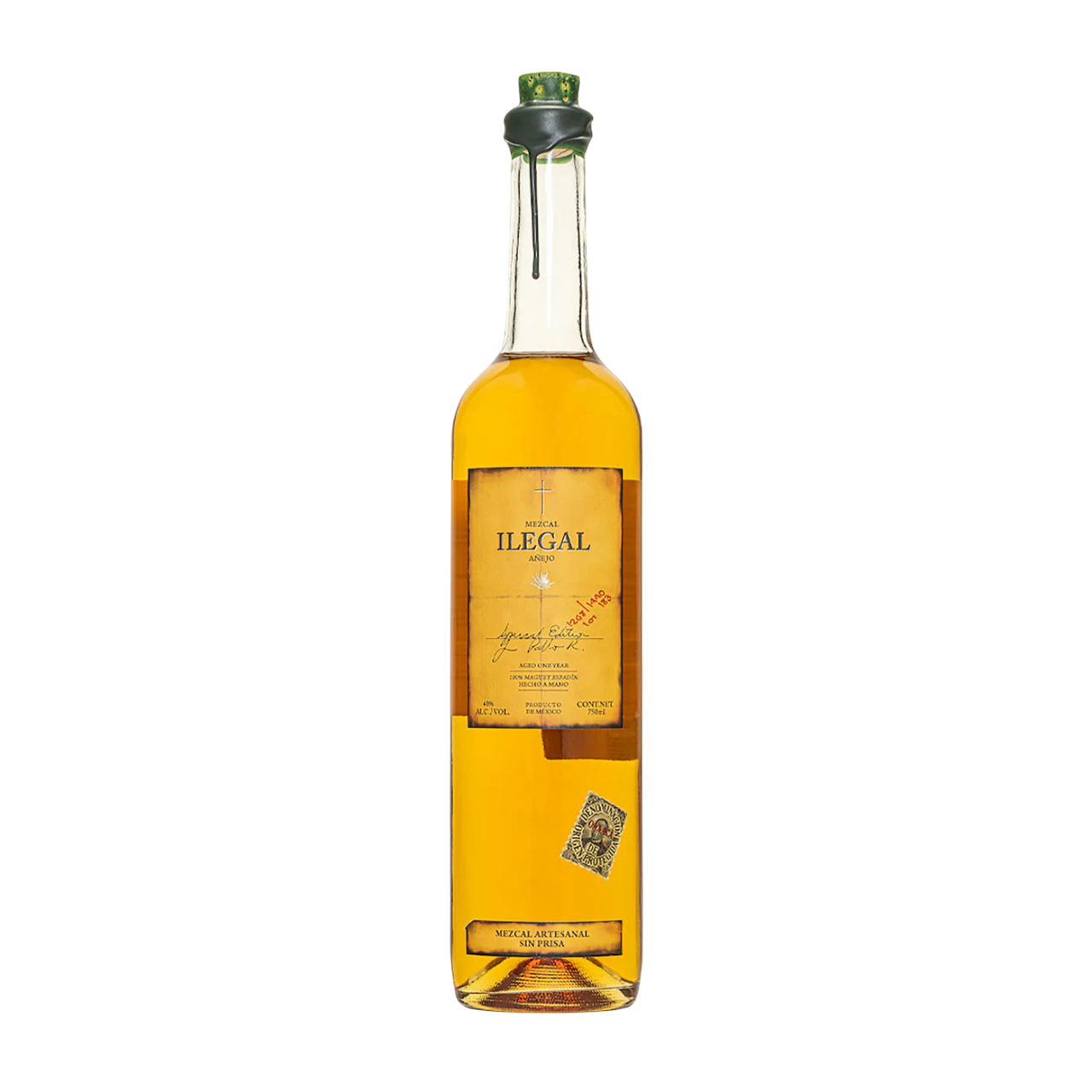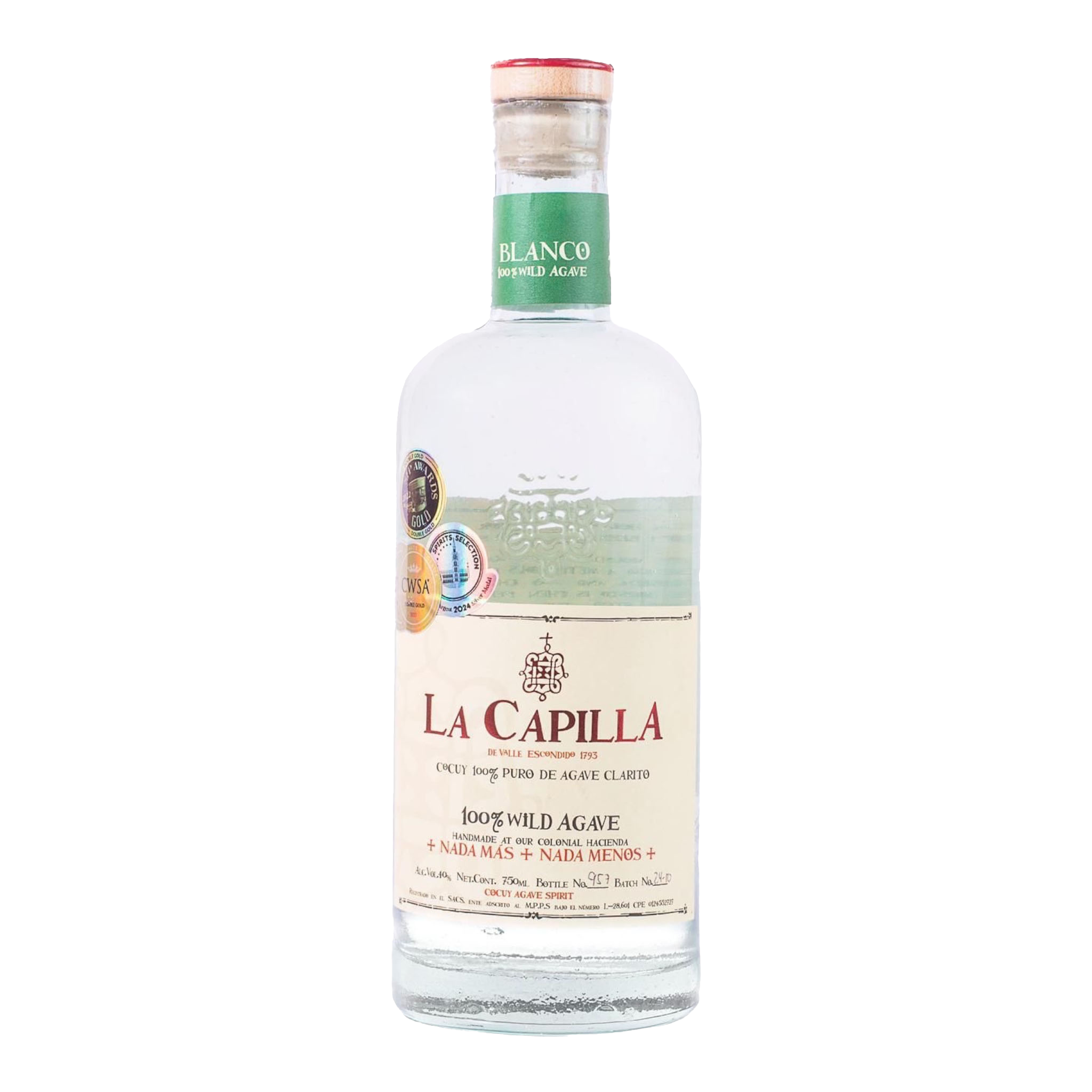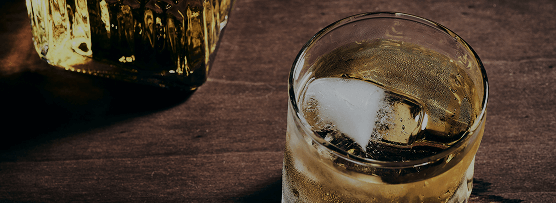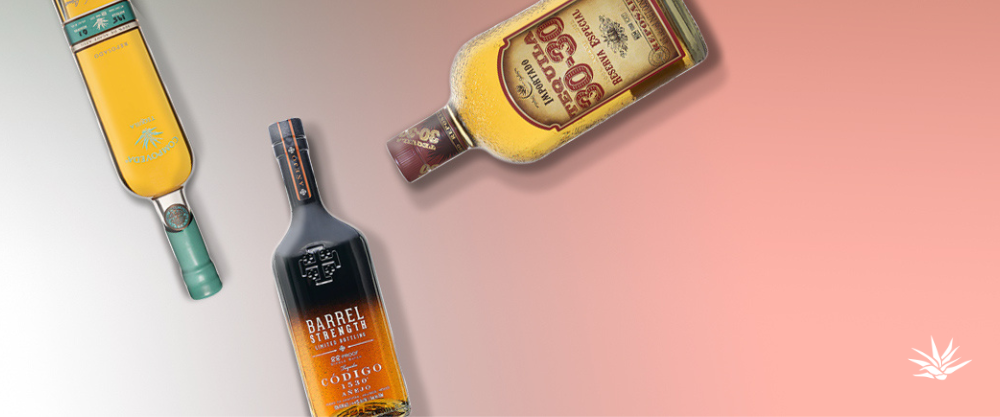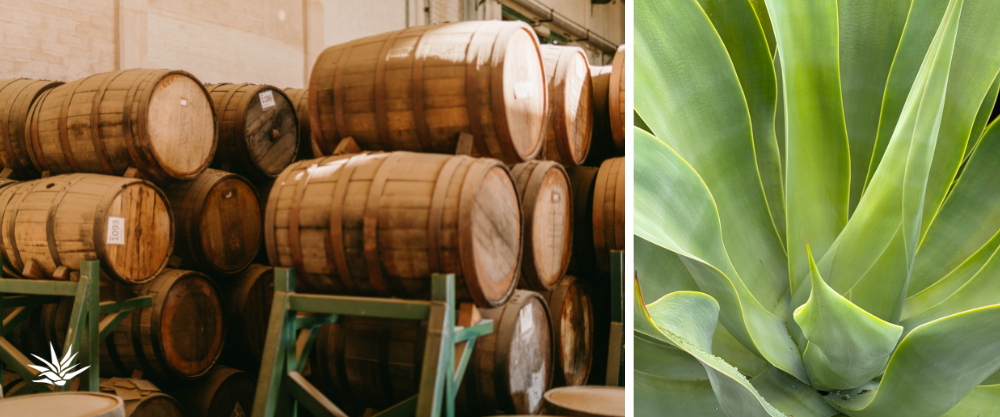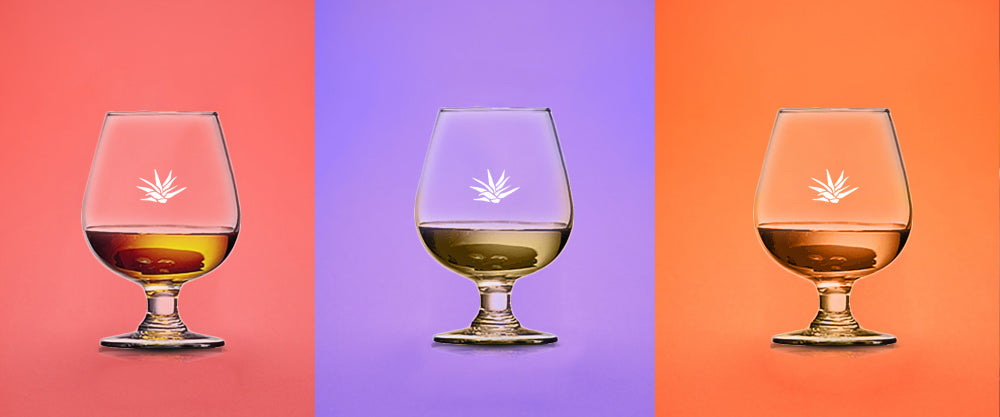Different Types of Tequila
Each type of Tequila varies in color, flavor profile, and aging time. For the Tequila drinker or gift giver, the search for the perfect sip after a day at work or during a night out with friends is an enjoyable endeavor. Finding the perfect flavor with the right finish among the many Tequila options is an adventure on its own, and, of course, you can always use Tequila in light and sweet cocktails. This article will explore various types of Tequila, comparing and contrasting their unique characteristics. Let's dive in!
6 Tequila Classifications
What sets different Tequilas apart from one another? Discover the differences between Tequilas below to find out.
1. Blanco Tequila
Blanco Tequila is essentially the starting point of sipping Tequilas. And really, the starting point of all Tequilas! Most blanco Tequilas remain unaged and retain a crystal clear appearance. Some are lightly rested in oak barrels for no more than 60 days, which can give them a pale green hue.
Blanco Tequilas, while they often get the limelight taking shots at fancy nightclubs, more experienced tequila sippers prefer them for the bright agave and herbal notes. We call them “Chef’s Tequilas” in the restaurant industry because a chef with a sophisticated palate is always drawn to the complex flavors in a blanco Tequila. Since they are unaged, the artisanal approach of the tequileros who made the Tequila, are allowed to really shine through!
Blancos can have a variety of flavor profiles, from sharp notes of citrus and pepper and a spicy finish, to creamy, smooth, with touches of vanilla and honey. For most, sipping Blanco Tequila might be an acquired taste. But we encourage you to start here because blancos truly are Tequila in its purest form — the most agave-forward style. While you can enjoy this type of Tequila any way you'd like, blancos often are a staple for light and citrusy cocktails. They add a crisp and refreshing touch to margaritas and palomas and are the staple ingredient in the hottest Tequila of the last year, the Ranch Water.
Unlike Tequilas that are intended to be aged for varying amounts of time, blanco is diluted down to 40% and bottled immediately following distillation.
When premium Tequila is ready to be aged into a reposado, añejo, or extra añejo, the spirit is pumped into oak barrels that are stacked on top of another or in a “rackhouse," typically at 55-60%. Barrels in these stacks age Tequilas at different rates because the environment changes as you move from top to bottom, away from the sunshine coming in the door, or towards a dark corner. Once theTequila is aged, depending on the category of Tequila being made - reposado Tequilas, añejo Tequilas, or extra añejo Tequilas - a master blender tastes from the different barrels and locations and blends them together for consistency, flavor, and quality. Who doesn’t want that job?!
See what it's like by trying Yéyo Blanco, or see all our Blanco Tequila here.
2. Reposado Tequila
Aged in oak barrels anywhere from two months, right up to almost one year, reposado Tequilas have prominent blue agave flavors, are often known to have notes of vanilla, honey, and toasted nuts and tend to have easier finish on the palate than blancos. Reposado Tequilas are often the first love of a sipper new to the Tequila category and go very well in a classic Paloma cocktail or in creating a dynamic margarita.
If you prefer warm notes of wood, cinnamon and vanilla, try swapping a reposado in any recipe that calls for a blanco. Reposado is also an ideal substitute for bourbon in an old-fashioned cocktail, especially when you replace the sugar with agave nectar. It can also add depth to a Tequila-based Manhattan, as well as a Tequila martini with orange bitters and vermouth bianco.
If we are drinking it, we should be able to say it, no? It’s a good laugh thinking back on all of the ways I’ve heard “Reposado” pronounced over the years. Sometimes so incorrectly, but with such confidence, I wonder if I’ve been saying it wrong the whole time. Well, let’s all get on the same page here and now, say it with us “reh ● puh ● saa ● dow” - muy bien!
See what it's like by trying Solento Reposado, or see all our Reposado Tequila here.
3. Añejo Tequila
Añejo Tequilas spend one to three years aging in oak barrels are often a favorite for those who come to Tequila with a love of other brown spirits like our friends in the whisky category. Flavor can vary widely from oaky and spicy to buttery and warm - it all depends on the Master Tequilero's preference. Coloring of añejos depends on the type of wood, the toast or char that’s applied to the barrel, the amount of time its aged, and if any additives have been blended into the final product.
Most Tequila brands age in used whiskey barrels from houses like Heaven Hill or Buffalo Trace, which will impart some of that flavor into an agave spirit like Tequila and allow for further development and maturation. Añejo Tequilas are best sipped neat or with a little water and ice. They're also a good alternative in recipes that call for whiskey and other brown spirits.
See what it's like by trying El Tequileño Añej, or or see all our Añejo Tequila here.
4. Extra Añejo Tequila
Extra Añejo Tequilas mature for three years or longer in oak barrels. They spend more time in contact with wood than other varieties to produce the richest amber color and strongest aromas. That said, extra añejos are considered ultra-premium. Their deep notes of caramel, chocolate, cinnamon and vanilla resemble aged whiskey and cognac.
Tequila is the only distilled spirit that is made from a raw ingredient that isn’t harvested annually? Agaves take seven to ten years to mature to ripeness where spirits such as whiskey or vodka are made from corn, rye, wheat, or barley that get harvested each year. That means that by the time an extra añejo Tequila gets to your glass, its at least a ten year old product from start to finish! 7-10 years in the field, at least 3 years in a barrel, and such a short life in your glass - so take the time to savor and enjoy, Tequila fans, its been a long time coming!
To fully appreciate the complex flavor profile of an extra añejo, we recommend sipping it neat or on the rocks.
See what it's like by trying our Compoveda Extra Añejo, or or see all our Extra Añejo Tequila here.
5. Cristalino Tequila
Cristalino Tequilas are aged Tequilas, usually añejos and extra añejos, that are filtered through charcoal. This process aims to remove tannins, enhance fruity and floral notes and achieve a clear blanco-esque appearance.
Cristalinos aren’t an official category of Tequila but they have been officially recognized by the CRT, so we may see official categorization coming soon. Flavor wise, they offer a softened approach to a reposado, añejo, or extra añejo, often slightly sweeter with a lighter mouthfeel than their unrefined versions.
For the most part, cristalinos maintain aged taste characteristics with pronounced aromas of caramel and vanilla. Their sole difference lies in color. You can treat a cristalino like any other aged tequila, adding it to a bold cocktail or sipping it neat or over ice.
See what it's like by trying Penta Diamante Reposado Cristalino, or see all our Cristalino here.
6. Joven or Gold Tequila
Where these two titles, "joven" and "gold" have been historically interchangeable, they actually refer to two different styles of Tequila that can be made in this category. Jovens are any blanco Tequila that has an aged expression(reposado, añejo, or extra añejo) blended into it, and can result in lovely expressions. Combining blanco's youthful characteristics with the more mature qualities of an añejo or reposado, gold Tequila is truly the best of both worlds.
Gold Tequila is usually colored and flavored with oak extract, caramel, glycerin or other additives. Often they are mixto Tequilas that contain 51% agave sugars and 49% sugars from other sources. We carry only 100% agave expressions on our site and recommend that you always look for "100% agave" on a label, wherever you're purchasing Tequila!
See what it's like by trying Lobos 1707 Joven
Find Different Types of Tequilas at Sip Tequila
No matter the type of flavor profile you prefer, there's a premium Tequila calling your name at Sip Tequila. With our high-quality Tequilas ranging from blanco to extra añejo, as well as a wide variety of brands to choose from, you're sure to find a favorite from our selection. Order your Tequila from Sip Tequila today!




